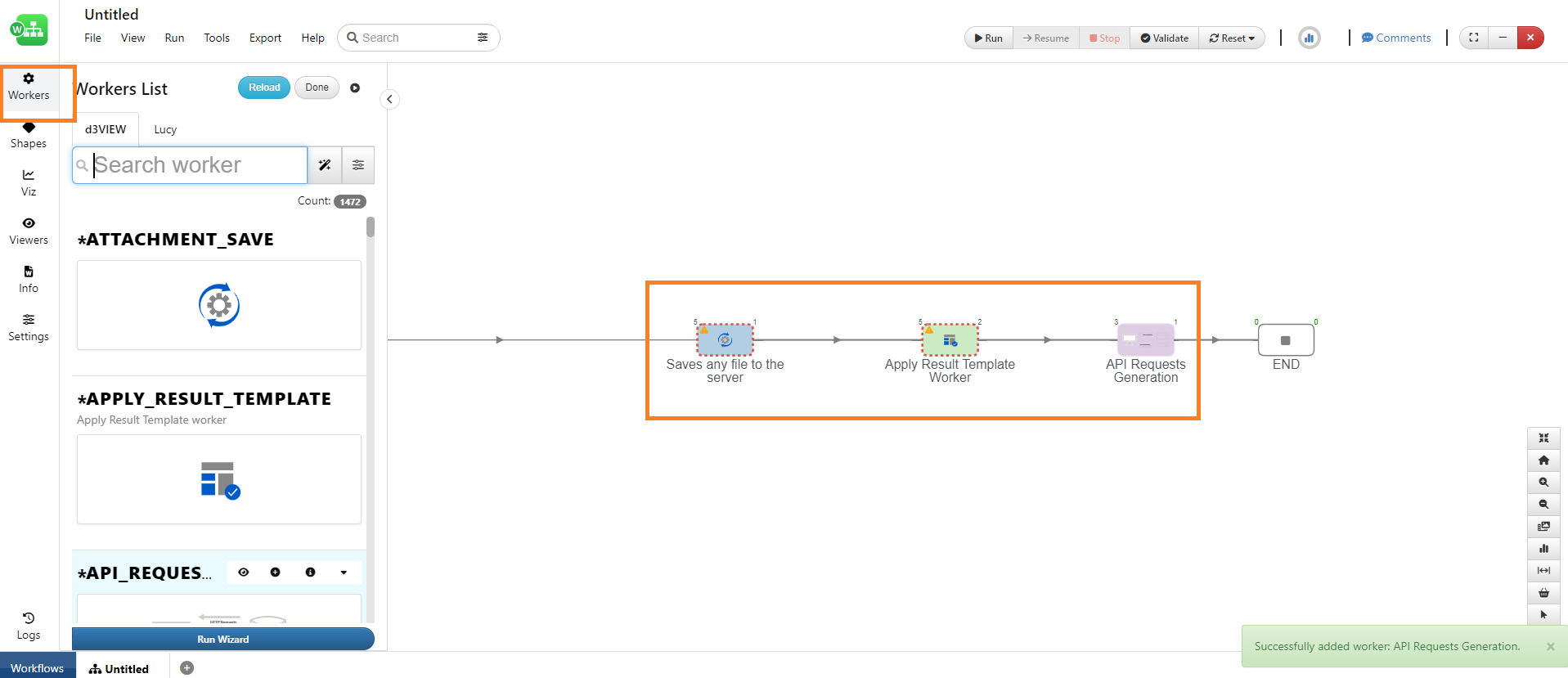
Welcome to d3VIEW Workflows Documentation!¶

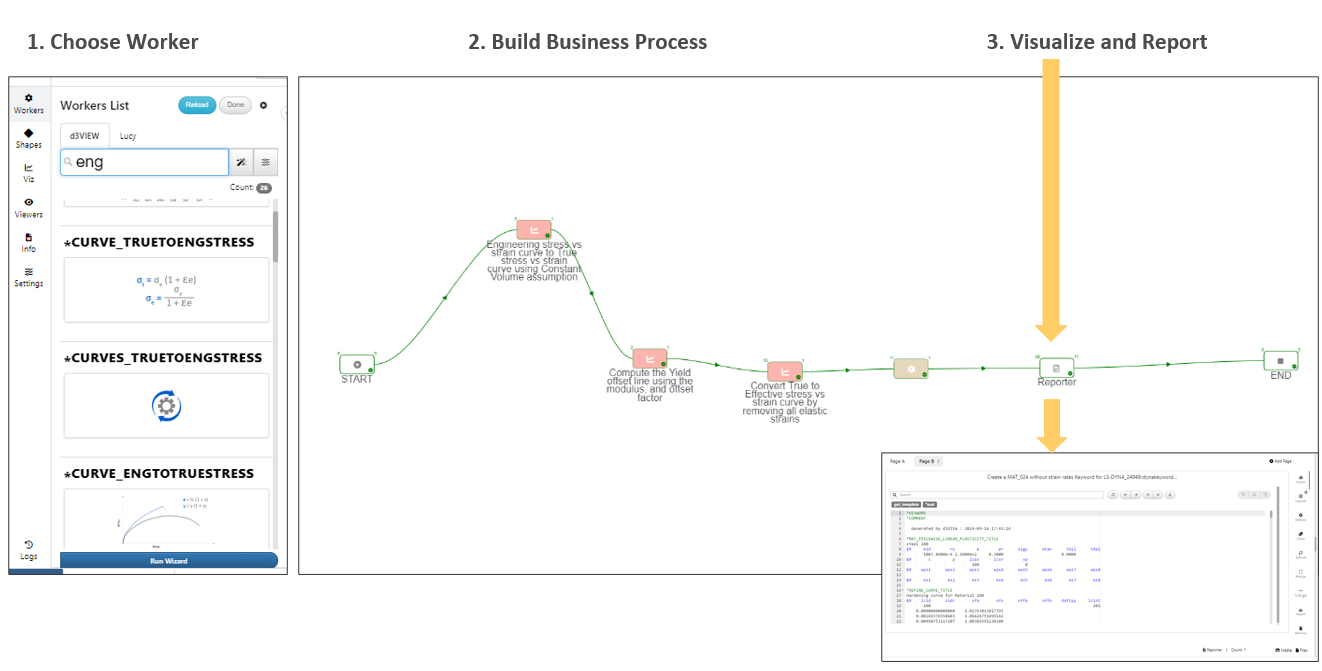
This documentation explains and illustrates how to use the Workflows application on the d3VIEW platform. It aims to make the experience of navigating Workflows smoother and easier.
What is Workflow?¶
The main purpose of Workflows is to automate complex decision-based business engineering and data processes with zero to low code application that can import, pre-process, learn and predict. Using Workflows, one can use a powerful and flexible canvas to build workflows and share them with others. This documentation serves as a resource for learning about Workflows and the available workers for new and advanced users of d3VIEW and Workflows. Watch this short video about Workflows to gain a general understanding of the application. (click)

Figure 1: Workflow Example
How to Create a New Workflow?¶
Workflow can be created in two ways.
| Ways of creating a Workflow | Links to the Reference |
|---|---|
| 1 Create a new workflow by clicking on the top-right blue button from the Workflows main page or can be created | Watch this video to create a sample workflow and execute the Workflow. (click) |
| 2 Create a workflow and view using Library workflows available in the Workflows page | View Library Workflows. |
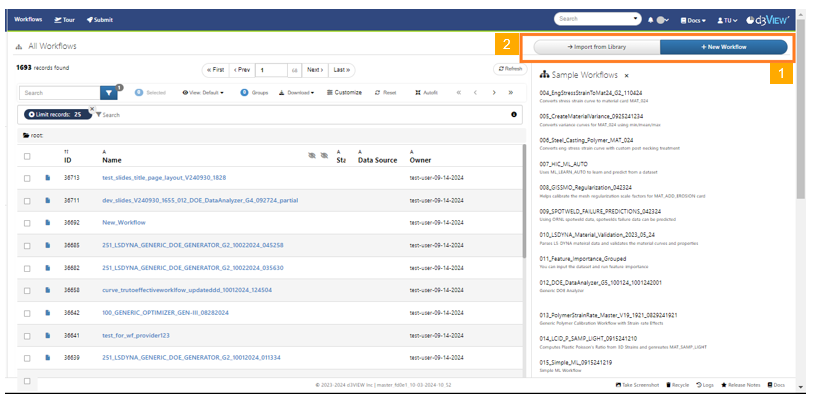
Figure 2: Create New Workflow
Types of Workers¶
We have different Types/Categories of workers. Some of the basic ones are listed below.
| Types of Workers |
|---|
| Math workers |
| Curve Workers |
| Dataset Workers |
| Keyvalue Workers |
| ML Workers |
and more.
Showing some basic Categories of Workers.
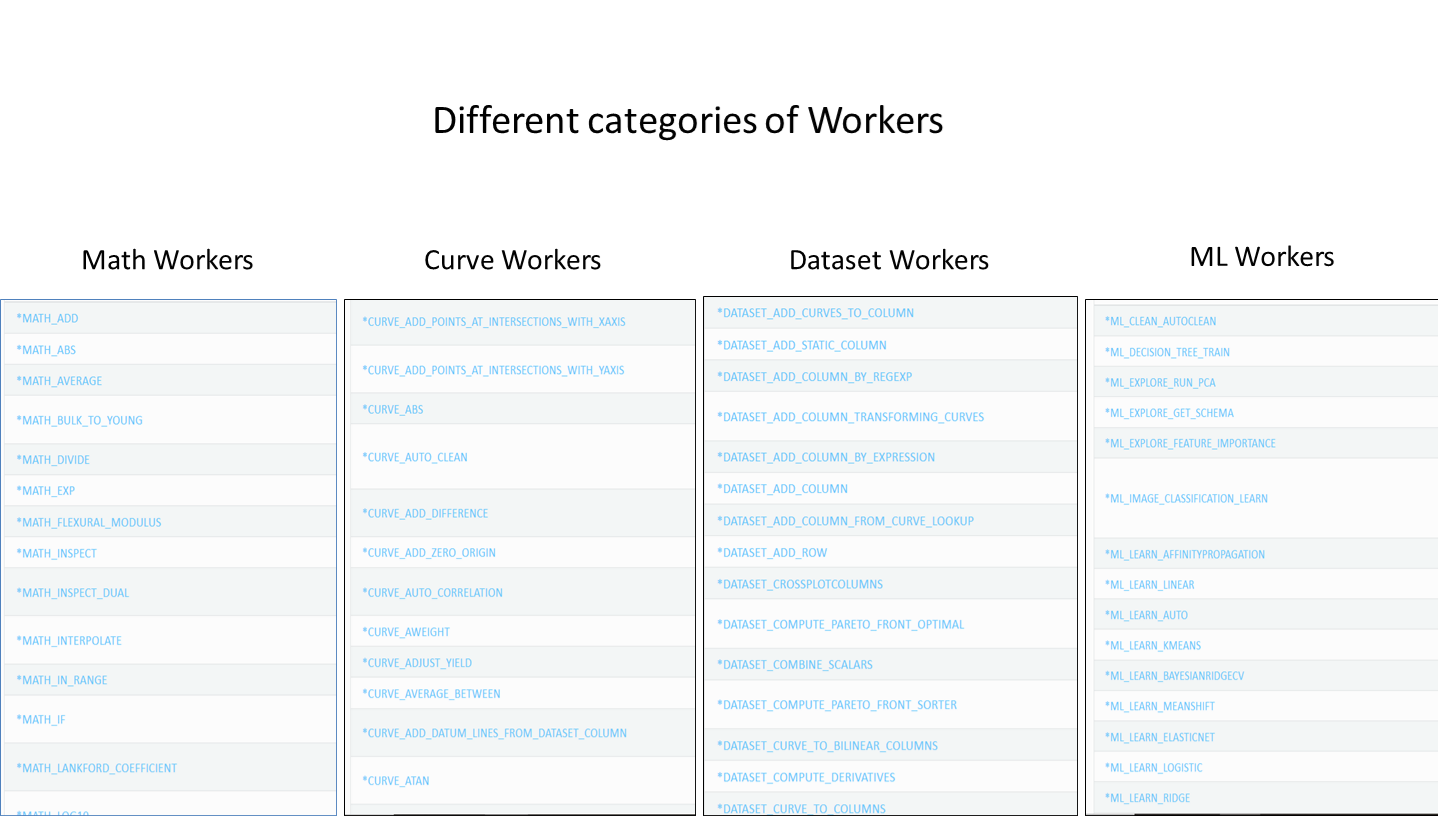
Click here to view the Cheat sheet of the workers
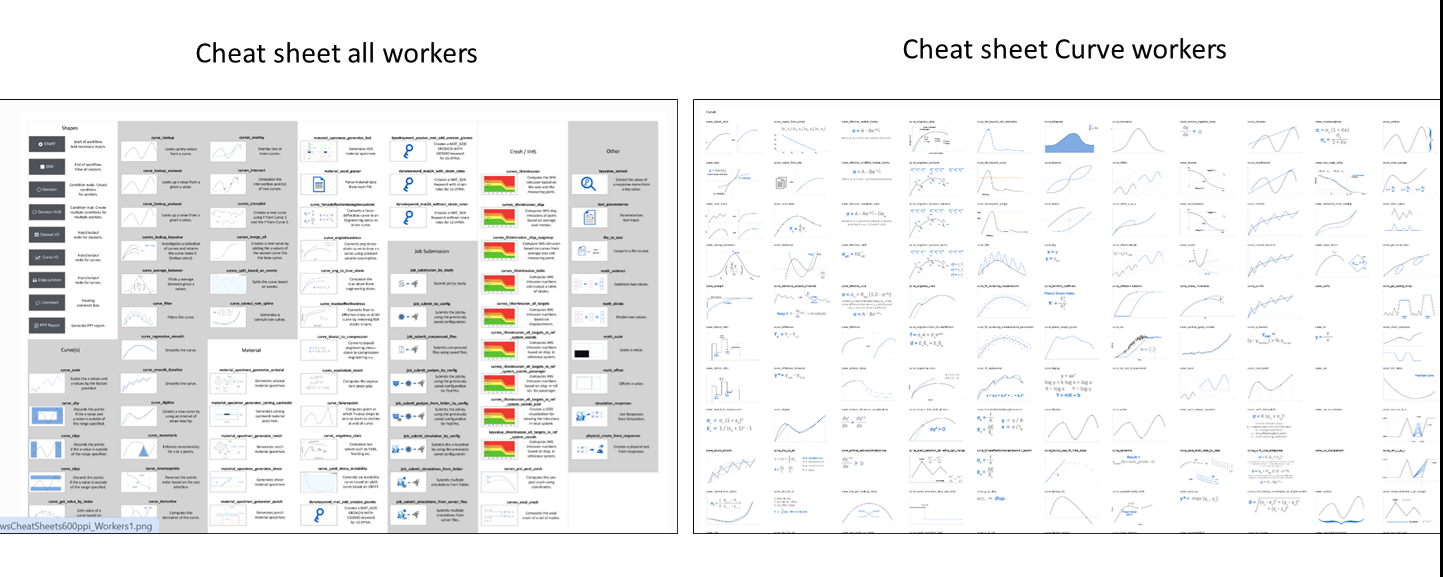
How to add Workers to Workflow ?¶
Add workers to the page by clicking on workers name or by dragging the worker on to Workflow canvas.
What are core elements of a Workflow?¶
Create, rework and execute your workflows all under the same mode. The following image shows different options in Workflow page.
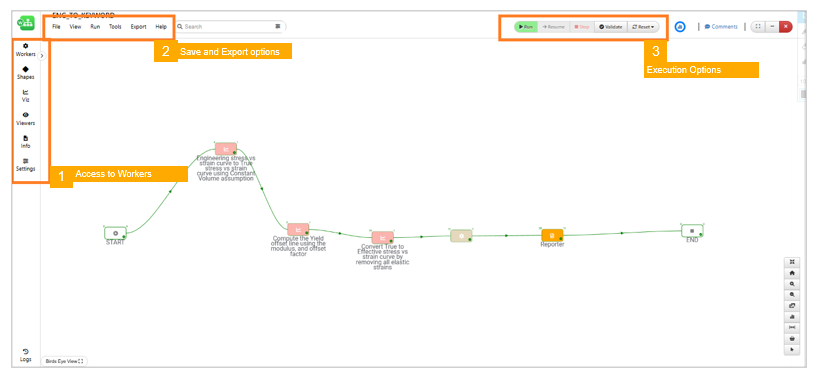
Figure 3: Edit Mode
Here we have 3 panels.
- Access to Workers - This Panel shows all the workers available in Workflows when we click on it. Also we have shaped, Visualization workers, Info and setting of the Workflows page in this Panel.
- Save and Export options - This Panel allows user to Import , Save and Export the Workflow created. All these Save and export Options are available in this Panel options.
- Execution options - This panel has Execution options. The Workflow can be Run, paused and reset using these options available.
Examples¶
Below are few examples of Workflows creation and execution
Execute a workflow to convert a Eng stress vs strain to LS-DYNA model and view results¶
Open sample workflow and view the input curve and execute the workflow to convert a Eng stress vs strain to LS-DYNA model and view results. Watch the video for above workflow(click)
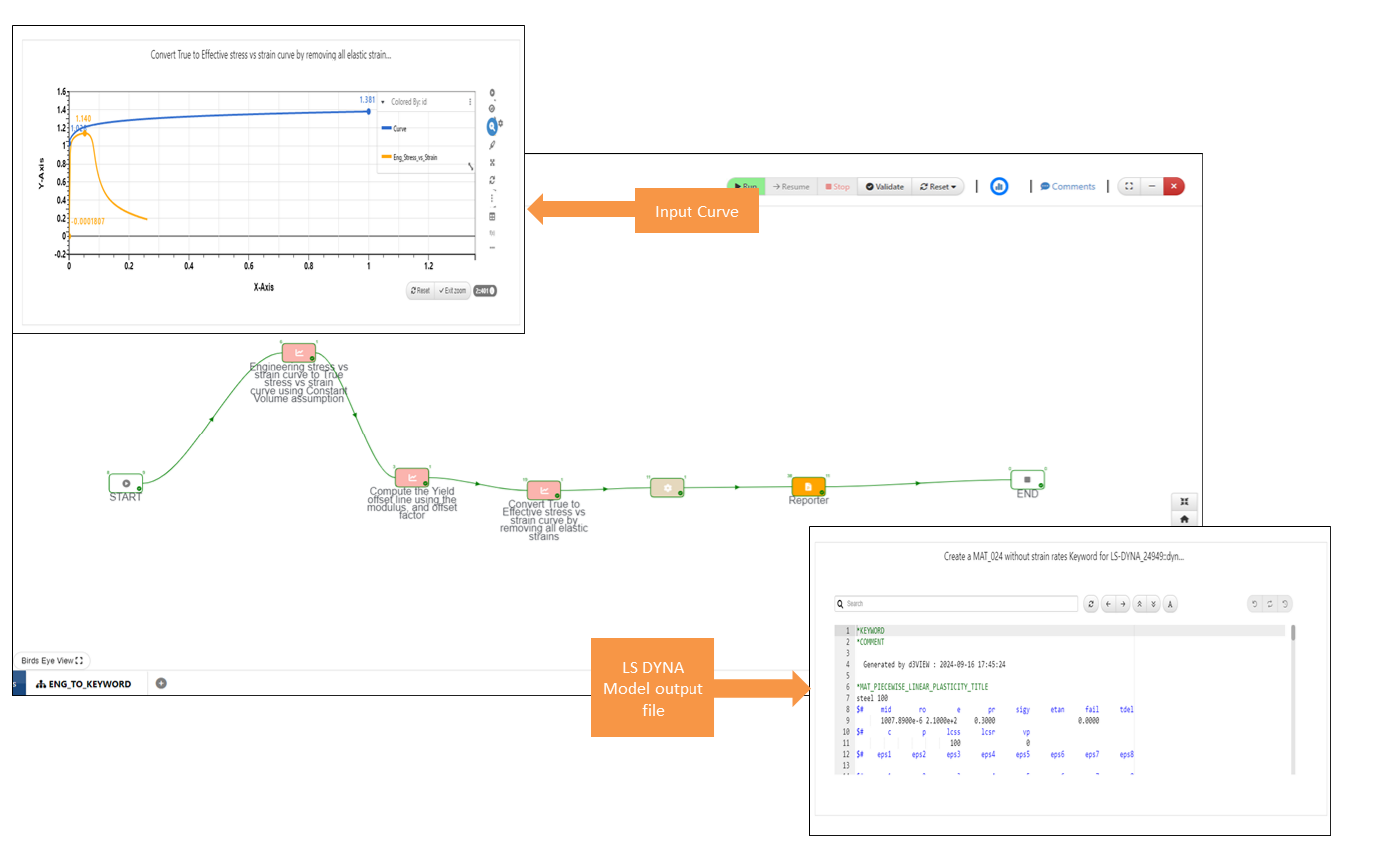
Figure 5: Example
Use HIC Dataset and create Math model¶
Create a Workflow with ML Worker and Mathmodel_save worker. Watch the video for save and view Math model results.(click)
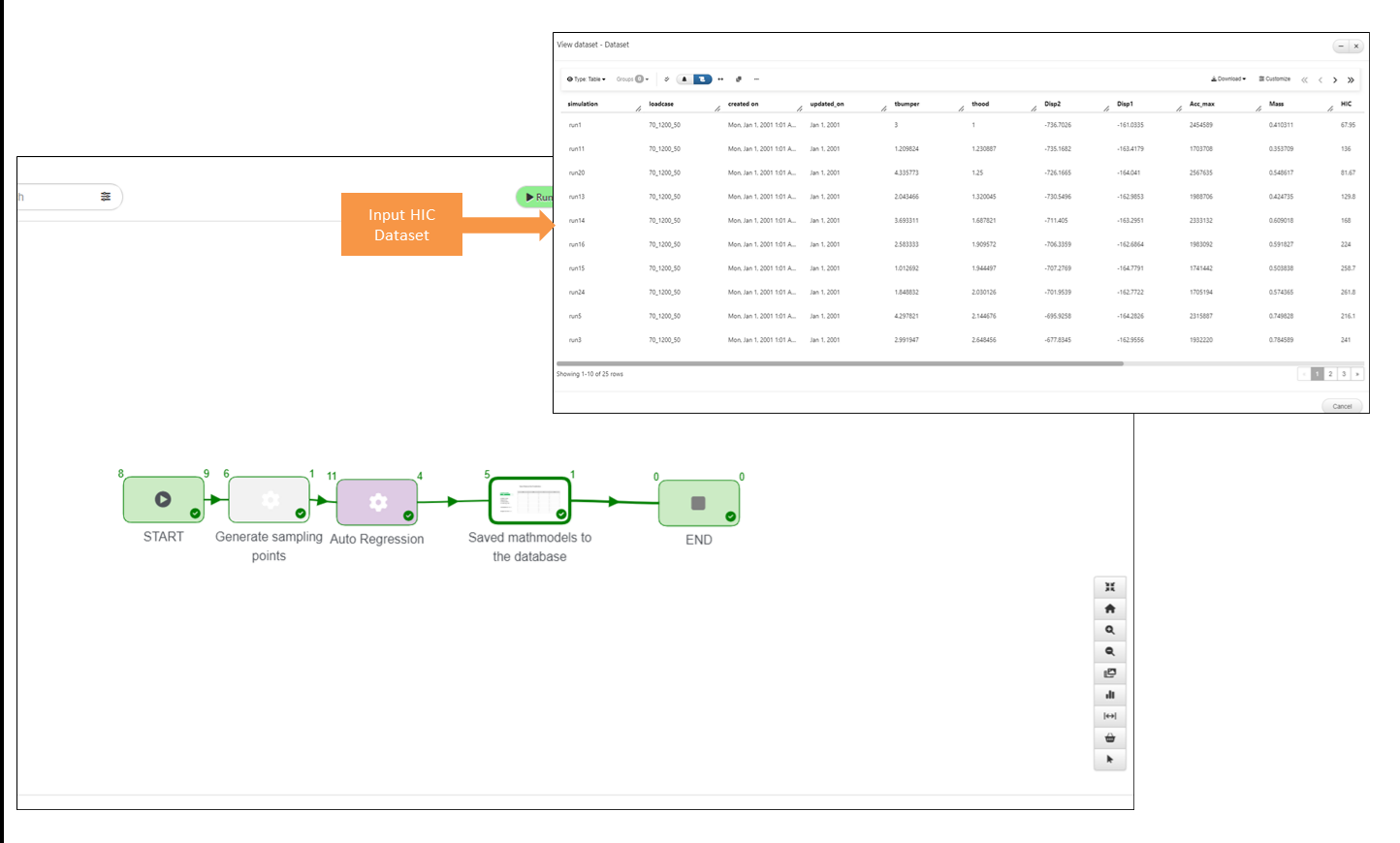
Feature Importance and Clustering results.
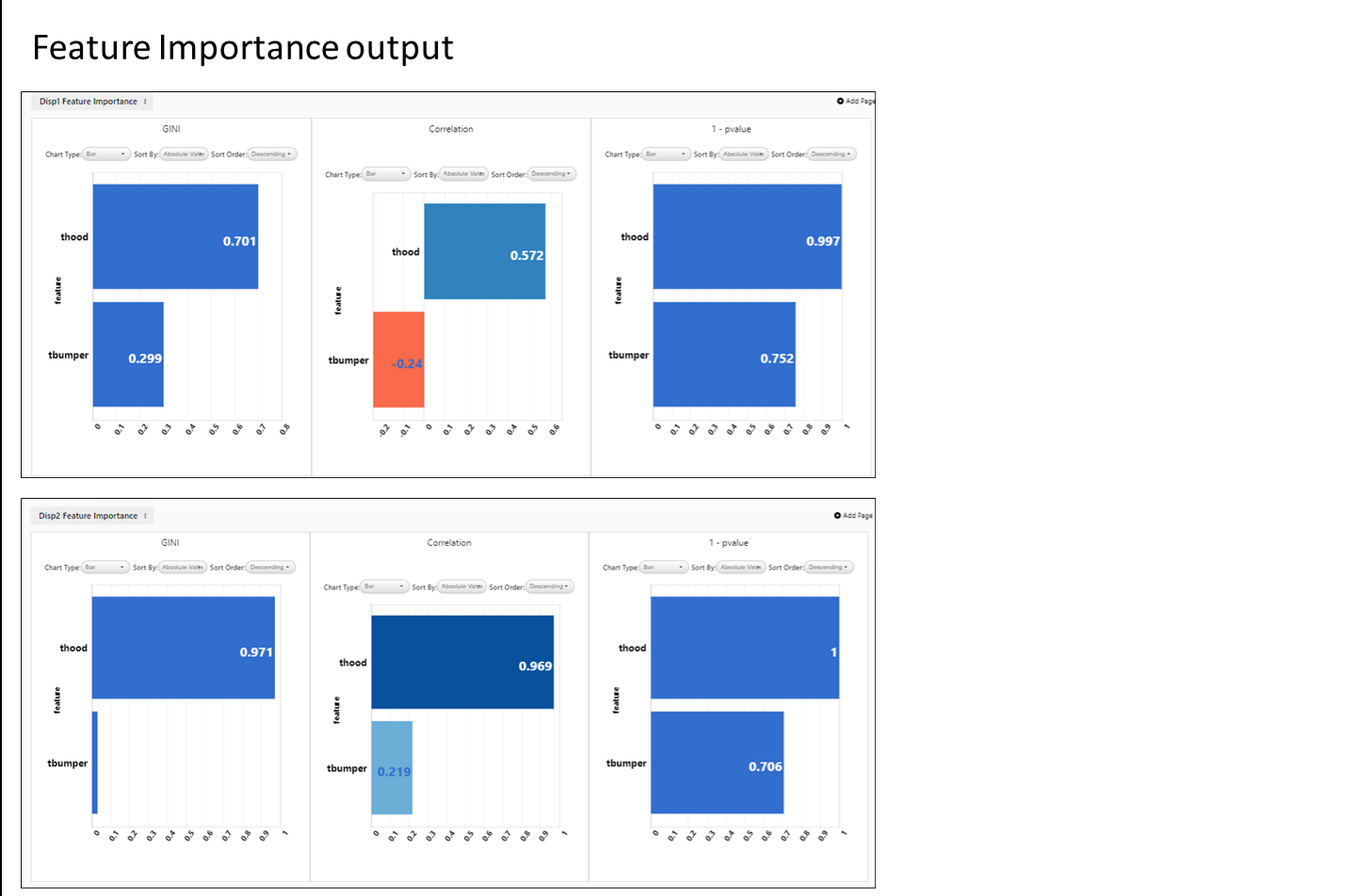
Math Model worker and Prediction output
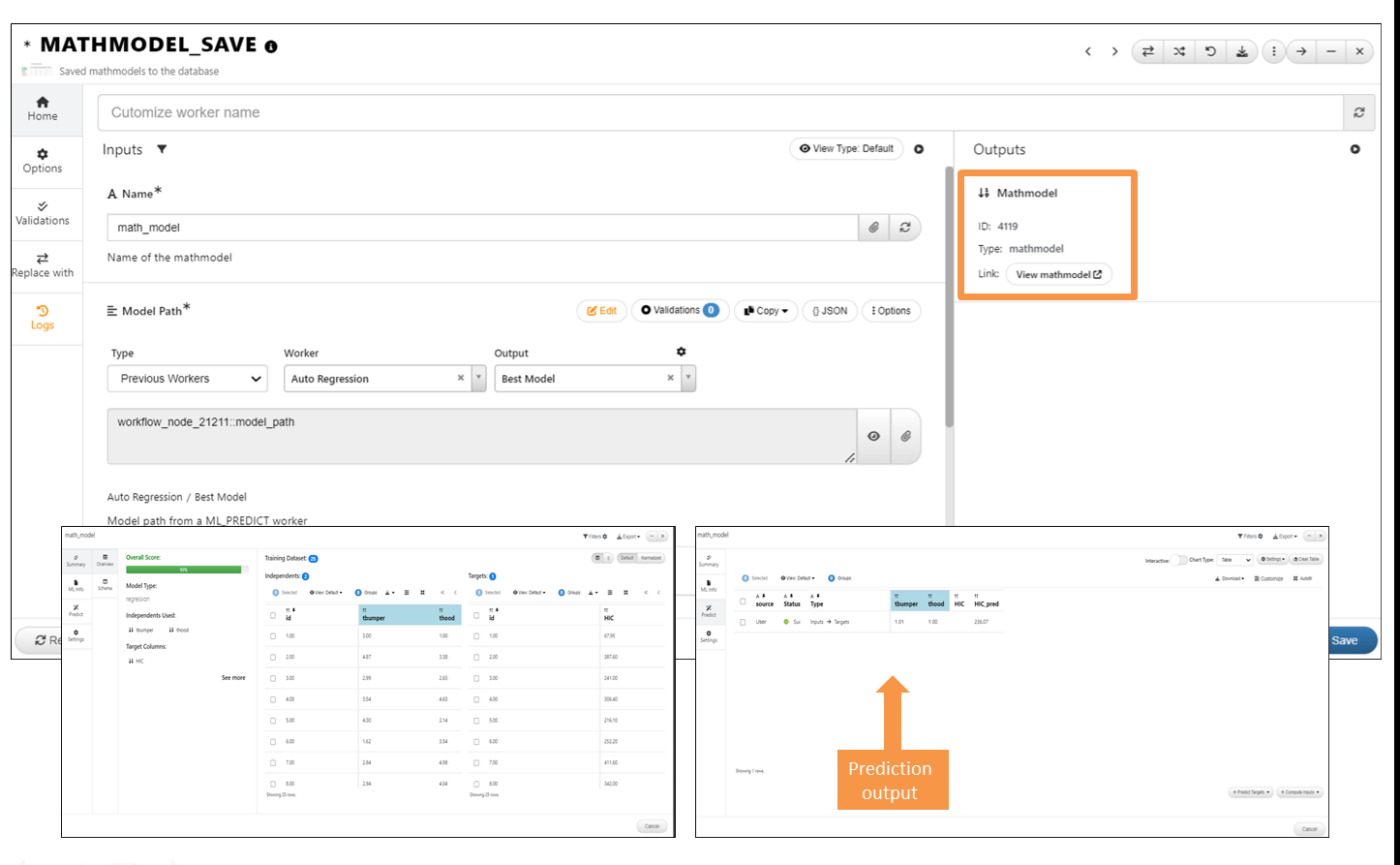
More Information¶
In this section we have all Advanced options available in Workflows.
Learn and Videos¶
In this section , we can learn more about the features by watching the Tutorial videos.
Click here to watch tutorial videos
To review a list of new features, enhancements and bug fixes, check out d3VIEW’s Release Notes at this link.
